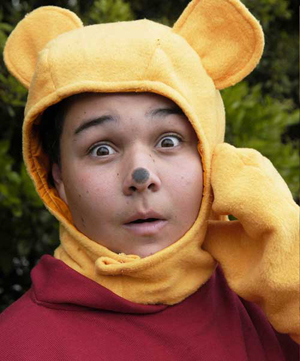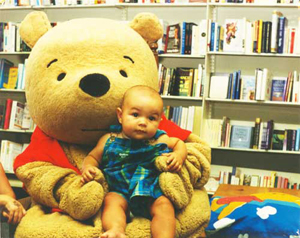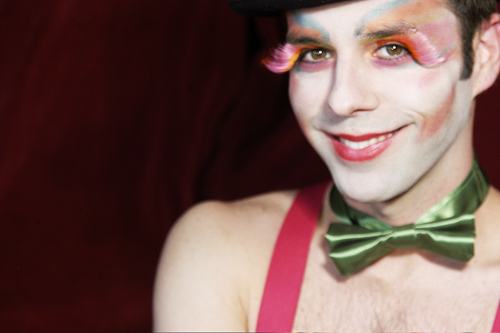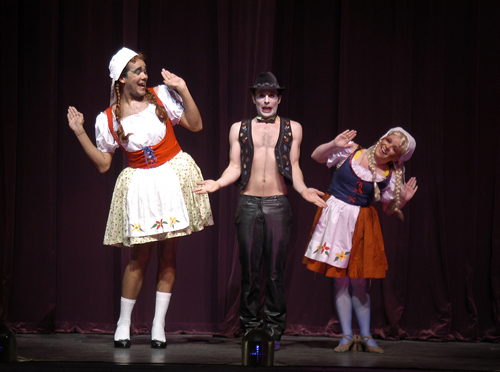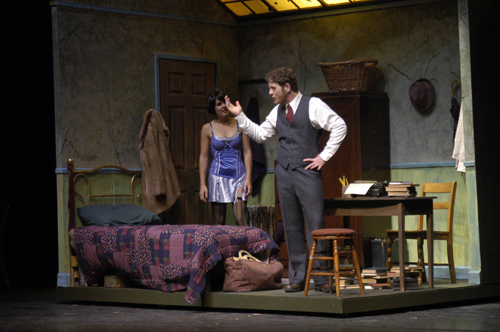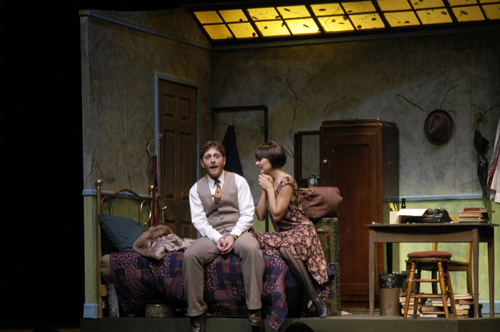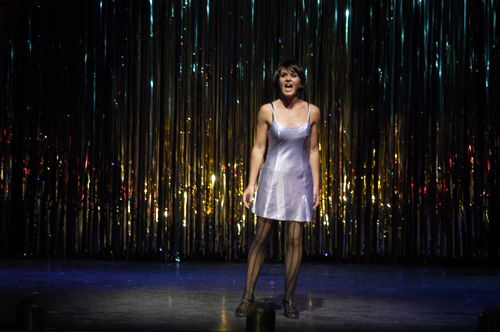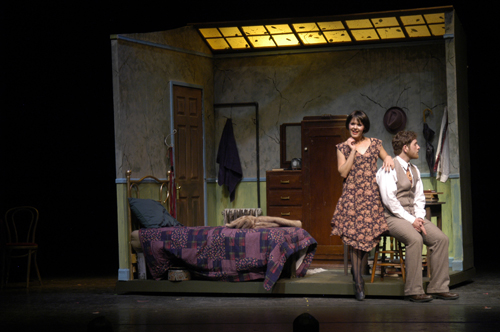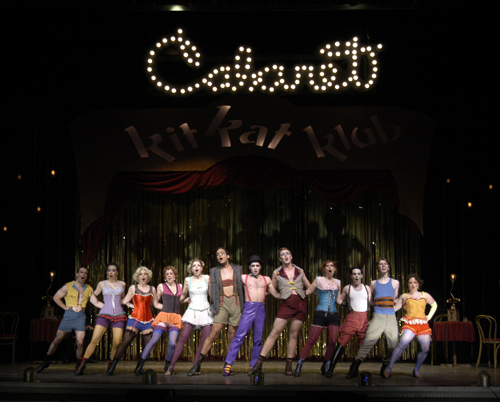by Director’s Marybeth Clark and Justin Tyler Lewis
Readers and audiences around the world know Winnie-the-Pooh and his friends – Piglet, Eeyore, Rabbit, and all the others – from a huge variety of sources. Originally published in 1926, A.A. Milne’s stories have been interpreted and reinterpreted in so many ways and for so many generations that keeping all of the versions straight is sometimes difficult. The common thread through the various adaptations, however, is the idea of friendship and the tie that is shared between friends. What brings the Hundred Acre Wood to life is Christopher Robin’s relationship with his toys and their connection to each other. This theme of the unbreakable bond of friendship drives our production of Winnie-the-Pooh.
The challenge with any classic, familiar tale is how to breathe new life into characters that every audience member has seen in multiple forms. Can you imagine imitating Winnie’s laugh or Owl’s sonorous voice? And, in fact, those standards may not serve our production, our cast, our theatre, or our audience. To address this challenge, we have looked at the Hundred Acre Wood and its inhabitants through the eyes of a child. Pooh Bear’s world is the world that Christopher Robin has created for him; and it’s the world that we have all created at some point in our own imaginations.
Creating this world has been a tremendous challenge and an enlivening learning experience. For everyone from the all-student cast to the assistant director to the stage management staff and even the veteran director, putting the elements of the Hundred Acre Wood and those memorable characters on the stage has been a wonderful way to say goodbye to our 32nd season here at Charleston Stage.



